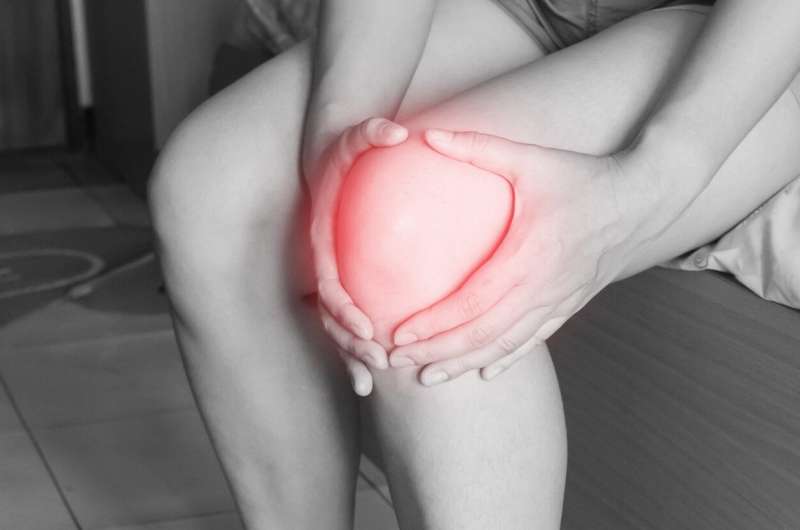This article has been reviewed according to Science X's editorial process and policies. Editors have highlighted the following attributes while ensuring the content's credibility:
fact-checked
proofread
AI pain recognition system could help detect patients' pain before, during and after surgery

An automated pain recognition system using artificial intelligence (AI) holds promise as an unbiased method to detect pain in patients before, during and after surgery, according to research presented at the ANESTHESIOLOGY 2023 annual meeting.
Currently, subjective methods are used to assess pain, including the Visual Analog Scale (VAS)—where patients rate their own pain—and the Critical-Care Pain Observation Tool (CPOT)—where health care professionals rate the patient's pain based on facial expression, body movement and muscle tension. The automated pain recognition system uses two forms of AI, computer vision (giving the computer "eyes") and deep learning so it can interpret the visuals to assess patients' pain.
"Traditional pain assessment tools can be influenced by racial and cultural biases, potentially resulting in poor pain management and worse health outcomes," said Timothy Heintz, B.S., lead author of the study and a fourth-year medical student at the University of California San Diego. "Further, there is a gap in perioperative care due to the absence of continuous observable methods for pain detection. Our proof-of-concept AI model could help improve patient care through real-time, unbiased pain detection."
Early recognition and effective treatment of pain have been shown to decrease the length of hospital stays and prevent long-term health conditions such as chronic pain, anxiety and depression.
Researchers provided the AI model 143,293 facial images from 115 pain episodes and 159 non-pain episodes in 69 patients who had a wide range of elective surgical procedures, from knee and hip replacements to complex heart surgeries. The researchers taught the computer by presenting it with each raw facial image and telling it whether or not it represented pain, and it began to identify patterns.
Using heat maps, the researchers discerned that the computer focused on facial expressions and facial muscles in certain areas of the face, particularly the eyebrows, lips and nose. Once it was provided enough examples, it used the learned knowledge to make pain predictions. The AI-automated pain recognition system aligned with CPOT results 88% of the time and with VAS 66% of the time.
"The VAS is less accurate compared to CPOT because VAS is a subjective measurement that can be more heavily influenced by emotions and behaviors than CPOT might be," said Heintz. "However, our models were able to predict VAS to some extent, indicating there are very subtle cues that the AI system can identify that humans cannot."
If the findings are validated, this technology may be an additional tool physicians could use to improve patient care. For example, cameras could be mounted on the walls and ceilings of the surgical recovery room (post-anesthesia care unit) to assess patients' pain—even those who are unconscious—by taking 15 images per second. This also would free up nurses and health professionals—who intermittently take time to assess the patient's pain—to focus on other areas of care. The researchers plan to continue to incorporate other variables such as movement and sound into the model.
Concerns about privacy would need to be addressed to ensure patient images are kept private, but the system could eventually include other monitoring features, such as brain and muscle activity to assess unconscious patients, he said.




















